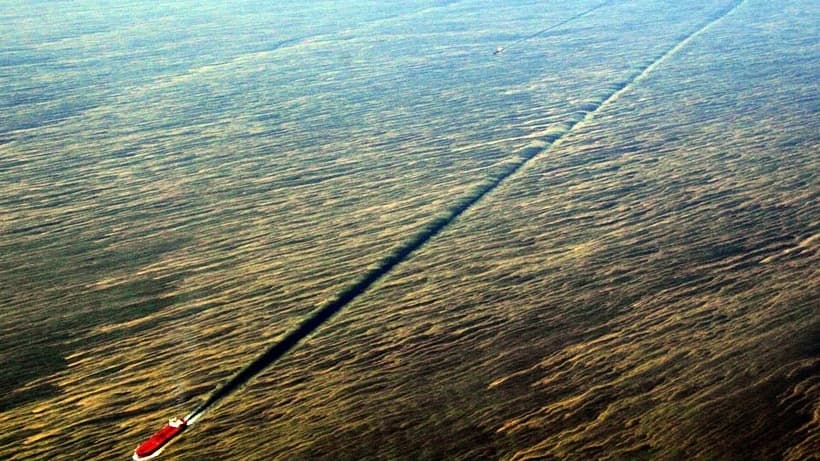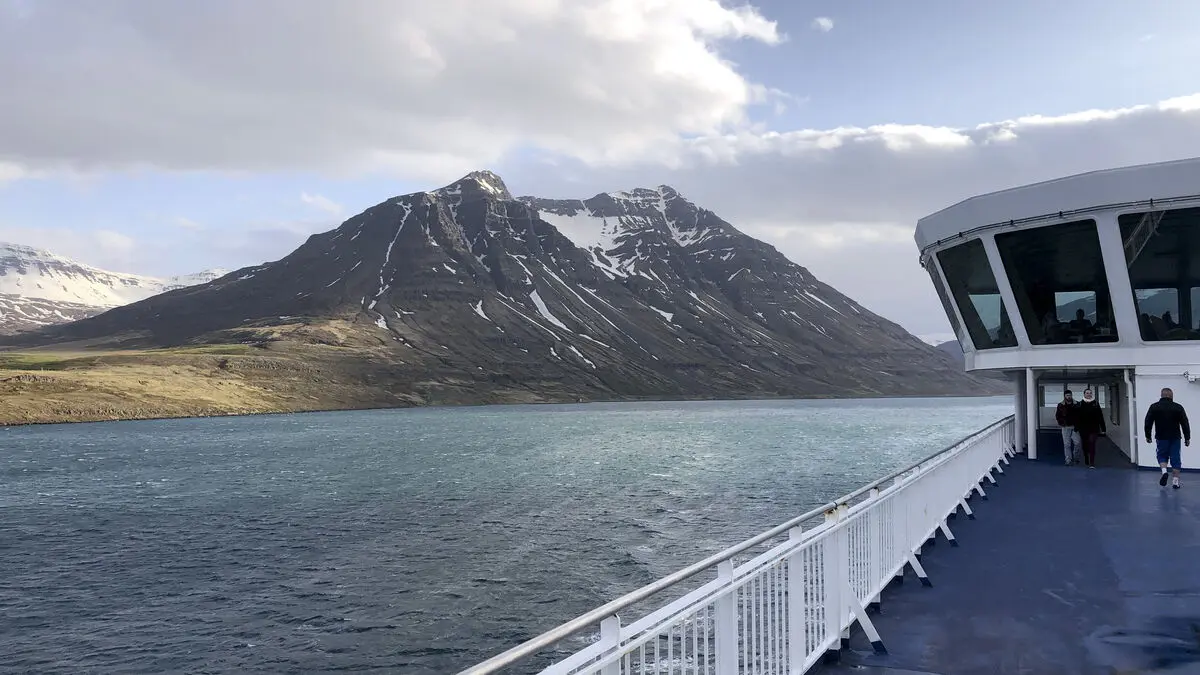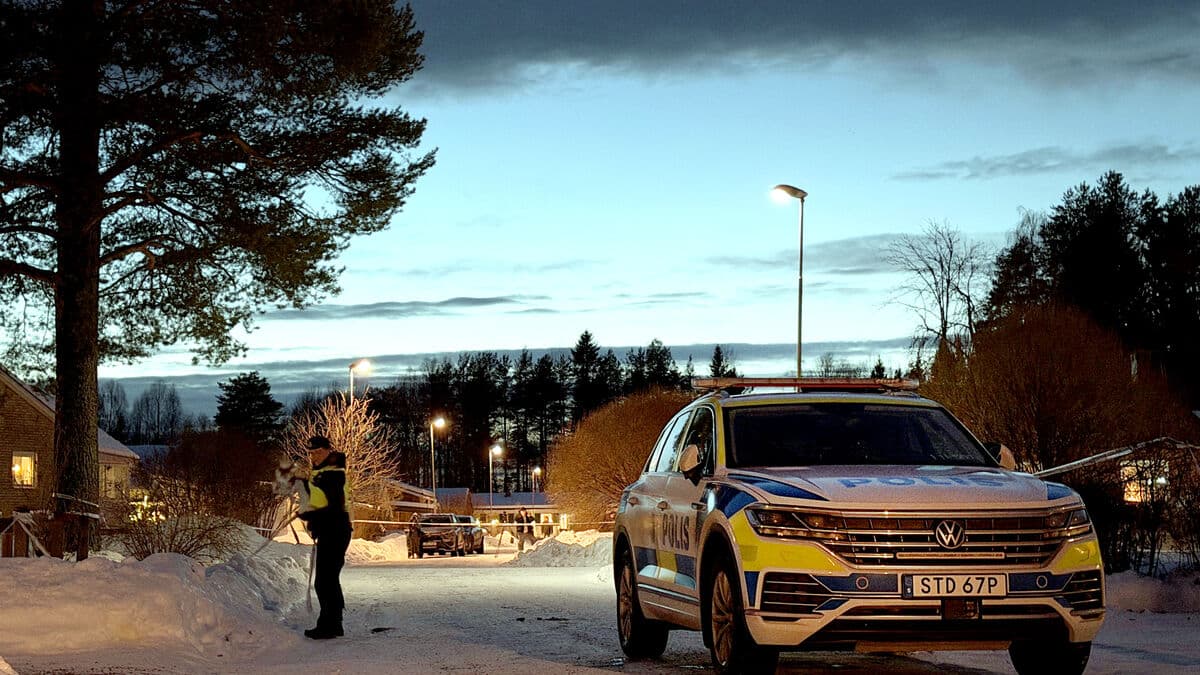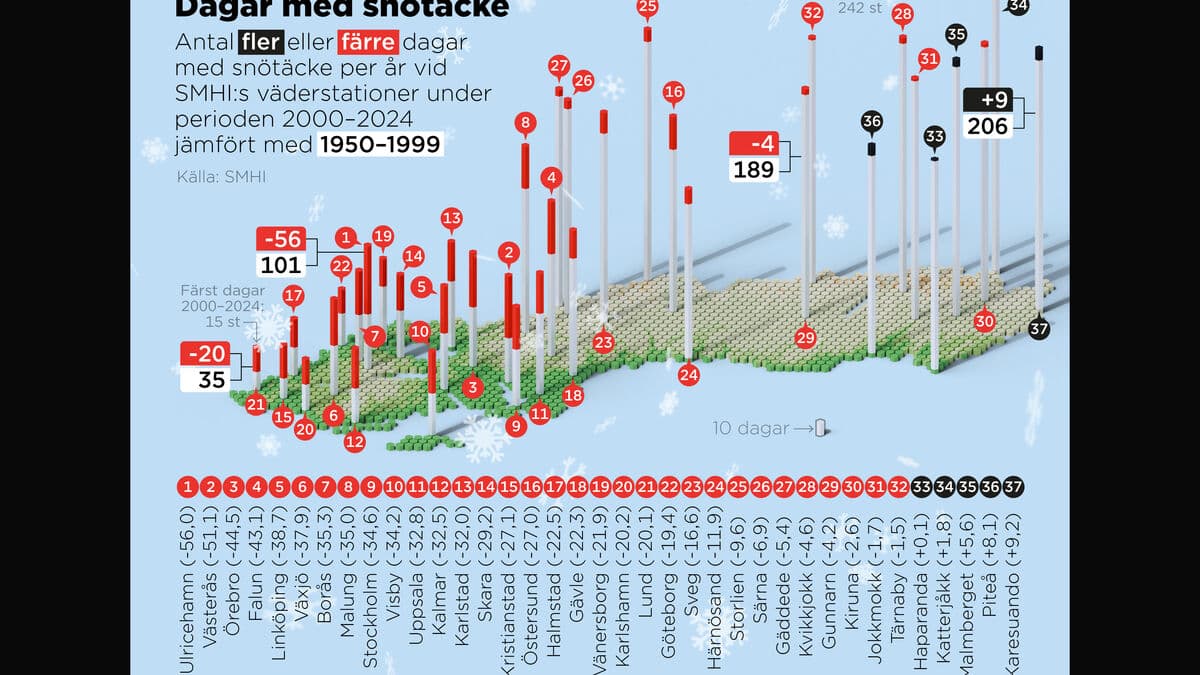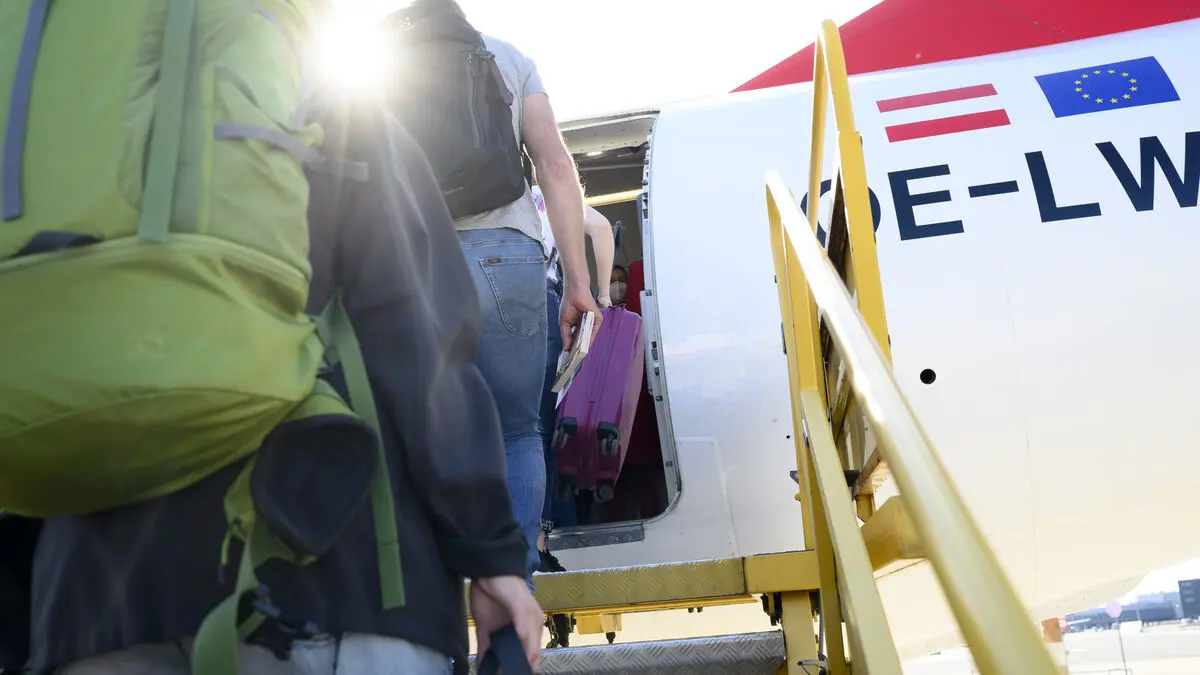Toxic blue-green algae blooms have already been spotted off the coast of Gotland, warns the World Wildlife Fund, WWF.
"Unfortunately, we're seeing that nitrogen emissions are increasing and that's due to emissions from our activities. It's what we all do and consume that's driving eutrophication", says Mats Johansson, expert on water management and eutrophication at WWF, in a press release.
With the June heat, the algae bloom got underway off Gotland, which is unusually early.
Algae blooms are normal and occur in all lakes and seas. But they've become a problem as they've multiplied in tandem with large amounts of plant nutrients being released by farms around the Baltic Sea, creating an over-fertilised sea. Emissions from sewage treatment plants, industry, and individual sewage systems also contribute.
Off Bohuslän, the algae are already causing the phenomenon of mareld. But it's not just emissions that are behind it. Climate change is also contributing to the warming of the seas and the algae thrive in the heat.
"The warming of the seas is affecting and stressing them, making it even more important to reduce eutrophication. We don't yet know what the effects will be, but the rapid warming of both the world's oceans and the Baltic Sea is very worrying and we know what needs to be done", says Mats Johansson.
According to WWF, it's about taking measures such as precision fertilising, keeping agricultural land vegetated year-round so that nitrogen and phosphorus stay in the soil, and improving the treatment of sewage.
Algae blooms have different colours and appearances depending on their size and type. Blue-green algae blooms in the Baltic Sea often look like greenish-yellow soup or blue-green thread-like masses. The toxicity varies between different species.
Mareld is a phenomenon that occurs mainly in late summer or autumn and is most common on the west coast. In the evening, self-luminous plankton can be seen flashing in the water. During the day, you can see reddish-brown streaks in the water. When they gather in large enough groups, mareld is created.
Source: SMHI and WWF
